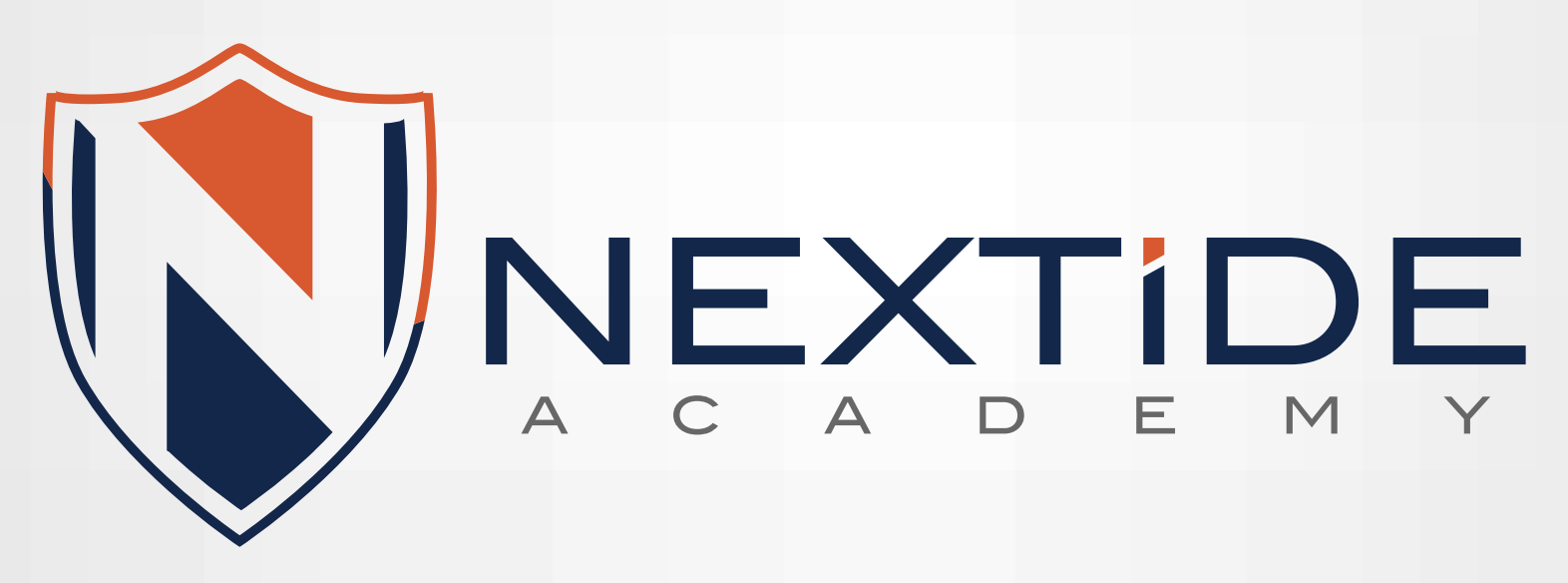
Something Exciting is Coming Soon
Our website is currently under construction, but we’re working hard to bring you a better experience.
Stay tuned!
If you have any questions, please write to us at info@nextideacademy.org
0 Days
0 Hours
0 Minutes
0 Seconds